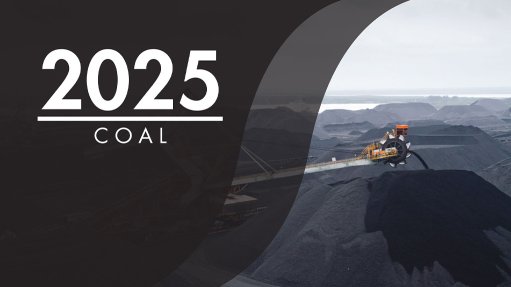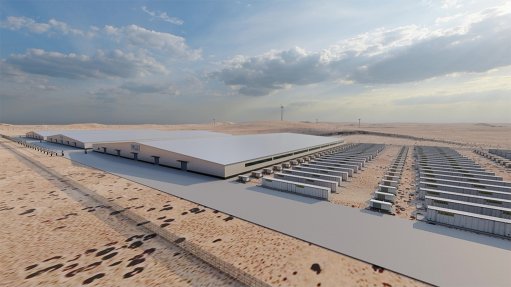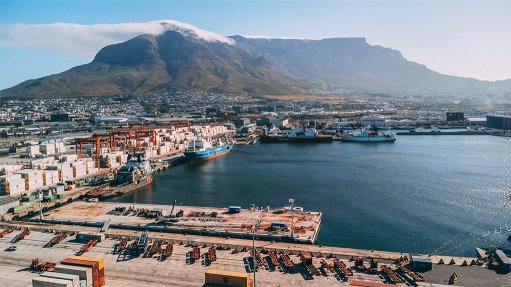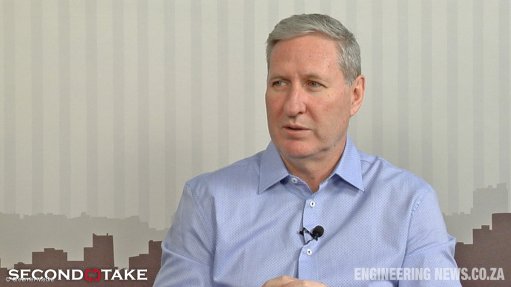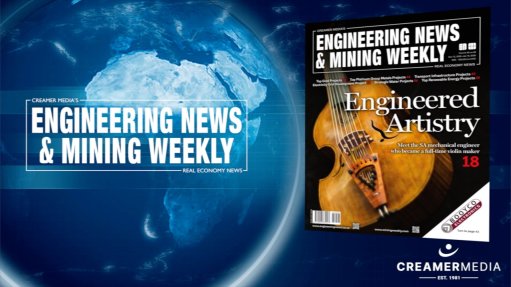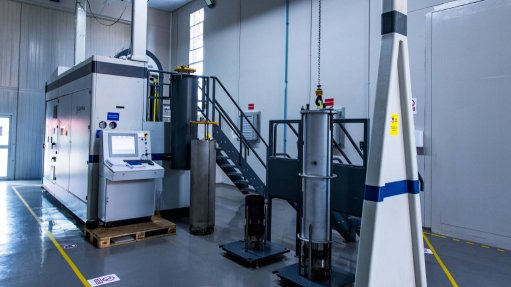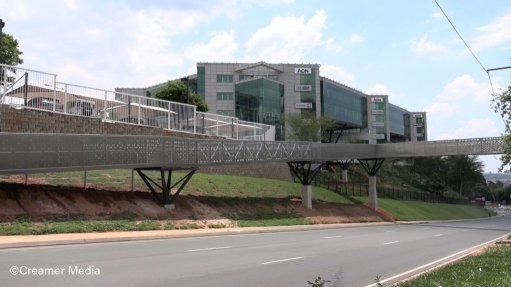Steel localisation should remain focused on machinery, automotive, construction industries, experts say
The main contribution from the steel value chain to South Africa’s GDP comes from machinery and automotive production, along with the construction industry. From this standpoint, maximising the developmental impact of localisation requires a focus on these relatively advanced industries, Trade and Industrial Policy Strategies (TIPS) senior economist Dr Neva Makgetla has said.
Speaking as part of an expert panel during a TIPS webinar on June 5 that sought to explore options for the future of South Africa’s steel industry, she stated that crude steel production in South Africa was undergoing a structural crisis, driven by stagnant domestic and export demand combined with rapidly rising costs at ArcelorMittal South Africa (AMSA), the country’s only integrated steel producer.
AMSA's local sales have declined sharply and the company has written off various assets after recording losses in seven of the past 12 years.
These challenges had been compounded by increased imports, particularly from China, which benefits from cheaper access to iron-ore and coking coal. Makgetla added that the shift toward lighter materials and digital technologies had reduced the steel intensity of South Africa’s GDP.
She noted that the export parity prices for iron-ore, coal and basic steel had increased, placing additional pressure on domestic producers. She argued that the justification for government support of crude steel production was weak from an economic standpoint, but there were strong grounds for supporting downstream steel-based manufacturers, particularly those producing inputs for machinery, vehicles and construction.
While the steel industry’s direct contribution to GDP, employment and exports remained limited, she said it remained essential to public infrastructure and to the health of advanced manufacturing sectors.
The panellists, which included International Trade Administration Commission of South Africa chief commissioner Ayabonga Cawe and Cape Gate Mill chairperson Oren Kaplan, agreed that several strategic decisions and difficult trade-offs needed to be considered to stabilise and expand the domestic steel industry within a rapidly shifting global trade landscape.
Kaplan specifically noted that AMSA's struggles were "haunting" the steel industry and required good solutions instead of bailouts.
Article Enquiry
Email Article
Save Article
Feedback
To advertise email advertising@creamermedia.co.za or click here
Comments
Press Office
Announcements
What's On
Subscribe to improve your user experience...
Option 1 (equivalent of R125 a month):
Receive a weekly copy of Creamer Media's Engineering News & Mining Weekly magazine
(print copy for those in South Africa and e-magazine for those outside of South Africa)
Receive daily email newsletters
Access to full search results
Access archive of magazine back copies
Access to Projects in Progress
Access to ONE Research Report of your choice in PDF format
Option 2 (equivalent of R375 a month):
All benefits from Option 1
PLUS
Access to Creamer Media's Research Channel Africa for ALL Research Reports, in PDF format, on various industrial and mining sectors
including Electricity; Water; Energy Transition; Hydrogen; Roads, Rail and Ports; Coal; Gold; Platinum; Battery Metals; etc.
Already a subscriber?
Forgotten your password?
Receive weekly copy of Creamer Media's Engineering News & Mining Weekly magazine (print copy for those in South Africa and e-magazine for those outside of South Africa)
➕
Recieve daily email newsletters
➕
Access to full search results
➕
Access archive of magazine back copies
➕
Access to Projects in Progress
➕
Access to ONE Research Report of your choice in PDF format
RESEARCH CHANNEL AFRICA
R4500 (equivalent of R375 a month)
SUBSCRIBEAll benefits from Option 1
➕
Access to Creamer Media's Research Channel Africa for ALL Research Reports on various industrial and mining sectors, in PDF format, including on:
Electricity
➕
Water
➕
Energy Transition
➕
Hydrogen
➕
Roads, Rail and Ports
➕
Coal
➕
Gold
➕
Platinum
➕
Battery Metals
➕
etc.
Receive all benefits from Option 1 or Option 2 delivered to numerous people at your company
➕
Multiple User names and Passwords for simultaneous log-ins
➕
Intranet integration access to all in your organisation








